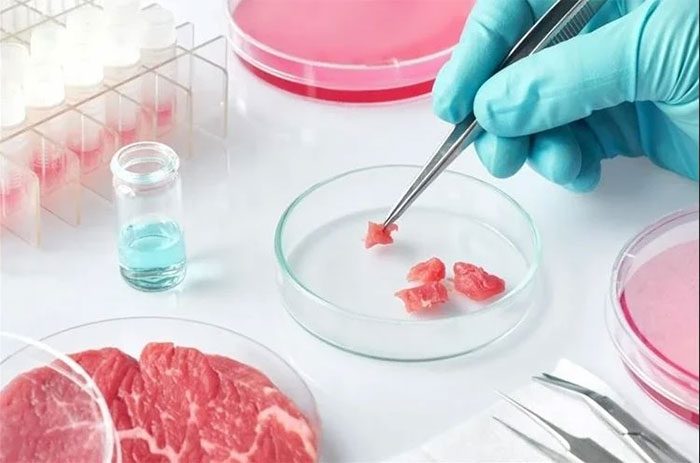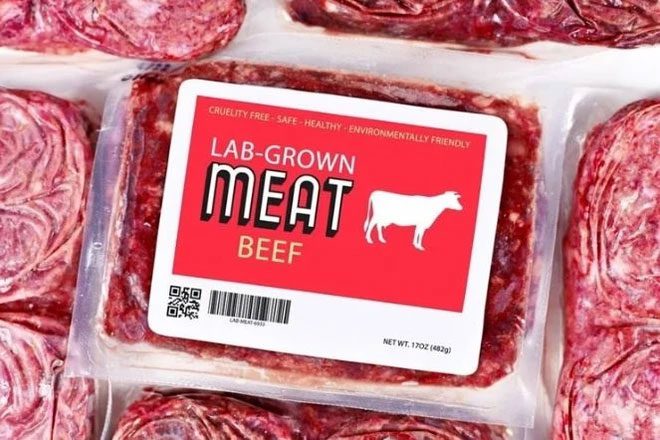The production of lab-grown meat products is expected to revolutionize the global livestock industry, much like how electric cars are shaking up the traditional automotive sector.
Cell-cultured meat – which does not require raising and slaughtering animals – has now become a reality. But will these lab-grown products make their way onto human dining tables widely?

Lab-grown meat. (Source: Shutterstock).
According to statistics from AP News, there are currently 150 startups conducting research and planning to distribute lab-grown meat products that taste like real meat into the market.
With the global demand for meat consistently rising, the lab-grown meat industry, despite being in its infancy, is incredibly promising.
The production of lab-grown meat products is anticipated to change the global livestock industry, just as electric vehicles are transforming the automotive industry.
“Meat is a crucial element in human evolution and a part of culinary culture,” said Yakov Nahmias, co-founder and chief technical officer of the lab-grown meat company Future Meat. “However, we have prioritized quantity over the environment and sustainability.”
Lab-grown meat companies are striving to scale up production. By collaborating with traditional meat companies, these firms are increasingly attracting investors and opening new production facilities in the U.S. and other countries.
However, most consumers still associate meat primarily with farms. Therefore, there remain many doubts about the safety and taste of lab-grown meat.
In an AP-NORC survey, only 18% of American adults expressed interest in trying lab-grown meat. 30% of respondents indicated they were still uncertain.

Lab-grown meat companies are working to scale up production. (Source: Shutterstock).
Individuals under 45 are more likely to try lab-grown meat than older adults, and men are more inclined than women.
When asked why they were hesitant to try lab-grown meat, half of those who were reluctant cited safety concerns.
At this time, only a few people have tried lab-grown meat. For instance, a group that sampled lab-grown chicken from the U.S. company Good Meat recently reported that they enjoyed the product and would eat it again.
“When you bite into the meat, you can feel its tenderness and juiciness,” said Karen Hunt, a taster, noting that the lab-grown meat tasted like regular chicken. “I was very surprised, and the flavor was fantastic.”
Kenzo Khoo, a nutrition student at the University of California, stated he would consume lab-grown meat regularly if it were sold at an affordable price.
“I would definitely buy it, primarily because of its environmental friendliness. Personally, I didn’t notice any difference between lab-grown meat and traditional meat,” he shared.
Management consulting firm McKinsey & Company predicts that millions of tons of lab-grown meat could be produced by 2030. However, this figure may still fall short of compensating for the growing consumption of animal meat today.


















































